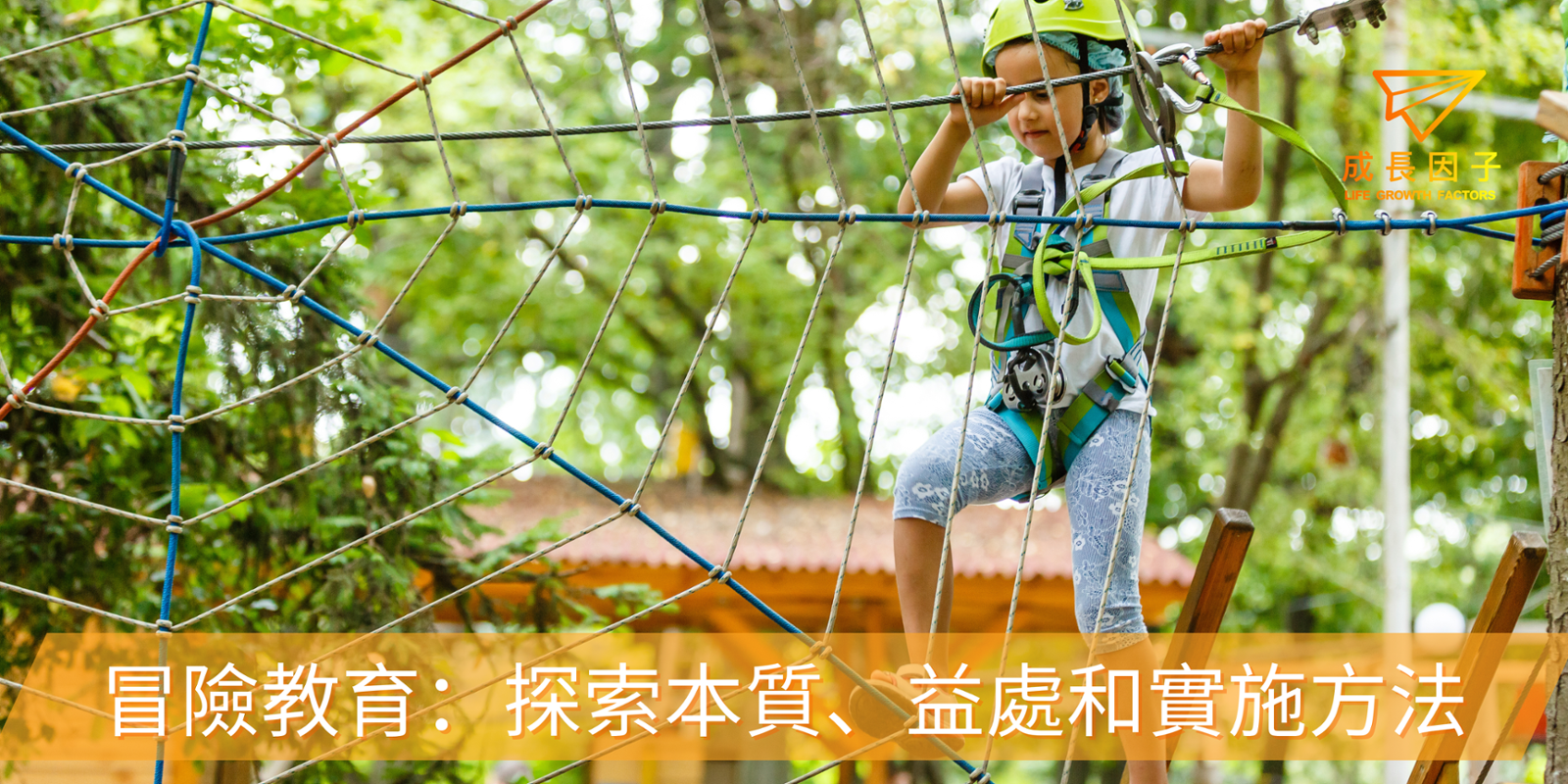冒險教育:探索本質、益處和實施方法
冒險教育:探索本質、益處和實施方法
冒險教育是一種動態而多方面的教育形式,旨在通過在自然環境中參與具有挑戰性和冒險性的活動,促進身體、認知和情感成長。本文全面探討了冒險教育的本質、益處和實施策略。

冒險教育的本質
冒險教育的本質
冒險教育涉及在真實自然環境中的體驗式學習,個體面臨風險、不確定性和挑戰。它通過推動個體的極限、鼓勵冒險、情感刺激、新穎性和最大參與,刺激身體、心理、社交和文化技能的發展(Badau & Badau, 2018)。冒險教育超越了傳統的課堂設置,提供了個人走出舒適區、體驗個人成長和滿足感的機會 (Brown, 2008)。它注重發展人際和自我關係,強調反思、樂趣和享受的重要性(Sarivaara & Uusiautti, 2017).。
冒險教育的治療益處
冒險教育的治療益處
冒險教育基於與自然元素在戶外環境中互動對人類健康具有治療益處的假設。身處自然環境中可以緩解壓力和精神疲勞的負面影響,從而提高注意力、認知、壓力和焦慮水平、睡眠、情緒穩定性和整體生活質量(Forsyth et al., 2020)。自然環境為學習和個人發展提供了獨特的場所,為個人發展韌性、提高人際技能、增強自我概念和促進整體幸福感提供了機會(Badau & Badau, 2018)。
冒險教育的益處
冒險教育的益處
冒險教育計劃已被發現具有許多積極的結果。參與者常常報告增加的自信、獨立性、溝通技能和個人成就感(Smith, 2016)。冒險教育也可以通過提供支持性和包容性的環境,消除某些人群(如退伍軍人)中的污名感(Forsyth et al., 2020)。它促進積極的心理結果、增強學校參與度,並促進整體幸福感(King et al., 2020)。冒險教育計劃可以特別有效地挑戰霸權男性,並促進個人挑戰體驗的包容性和靈活性(Smith, 2016)。
冒險教育的實施
冒險教育的實施
實施冒險教育需要仔細的規劃和考慮。重要的是要通過將冒險教育作為一門學科,使學術課程多樣化,特別是在體育和運動方面(Badau & Badau, 2018)。冒險教育計劃應該融入團隊合作、解決問題和個人反思的元素(Richardson et al., 2014)。冒險教育計劃的設計應與個體參與者的需求相一致,並強調他們的日常環境,確保對健康和幸福的整體方法(King et al., 2020)。評估和評估應關注教學策略,並融入反思實踐,以改進戶外教學法(Richardson et al., 2014)。
冒險教育是一種強有力的教育形式,通過在自然環境中參與具有挑戰性和冒險性的活動,促進身體、認知和情感成長。它提供治療益處、增強個人發展並促進積極的心理結果。實施冒險教育需要仔細的規劃、課程多樣化和考慮個體需求。通過接受冒險教育,教育工作者可以為學生提供促進韌性、人際技能和整體幸福感的獨特學習體驗。
冒險教育是一種強有力的教育形式,通過在自然環境中參與具有挑戰性和冒險性的活動,促進身體、認知和情感成長。它提供治療益處、增強個人發展並促進積極的心理結果。實施冒險教育需要仔細的規劃、課程多樣化和考慮個體需求。通過接受冒險教育,教育工作者可以為學生提供促進韌性、人際技能和整體幸福感的獨特學習體驗。
參考文獻
- Brown, M. (2008). Comfort Zone: Model or Metaphor?. Journal of Outdoor and Environmental Education, 1(12), 3-12. https://doi.org/10.1007/bf03401019
- Badau, D., Badau, A. (2018). The Motric, Educational, Recreational and Satisfaction Impact Of Adventure Education Activities In The Urban Tourism Environment. Sustainability, 6(10), 2106. https://doi.org/10.3390/su10062106
- Forsyth, A., Lysaght, R., Aiken, A., Cramm, H. (2020). Wilderness Adventure Program May Help Combat Perceptions Of Stigma Among Veterans. Ecopsychology, 1(12), 8-18. https://doi.org/10.1089/eco.2019.0031
- Mann, J., Gray, T., Truong, S., Brymer, E., Passy, R., Ho, S., … & Cowper, R. (2022). Getting Out Of the Classroom And Into Nature: A Systematic Review Of Nature-specific Outdoor Learning On School Children's Learning And Development. Front. Public Health, (10). https://doi.org/10.3389/fpubh.2022.877058
- Passarelli, A., Hall, E., Anderson, M. (2010). A Strengths-based Approach To Outdoor and Adventure Education: Possibilities For Personal Growth. Journal of Experiential Education, 2(33), 120-135. https://doi.org/10.1177/105382591003300203
- Gibbons, S., Ebbeck, V., Gruno, J., Battey, G. (2018). Impact Of Adventure-based Approaches On the Self-conceptions Of Middle School Physical Education Students. Journal of Experiential Education, 2(41), 220-232. https://doi.org/10.1177/1053825918761996
- Goldenberg, M., McAvoy, L., Klenosky, D. (2005). Outcomes From the Components Of An Outward Bound Experience. Journal of Experiential Education, 2(28), 123-146. https://doi.org/10.1177/105382590502800206
- Mateer, T., Pighetti, J., Taff, B., Allison, P. (2023). Outward Bound and Outdoor Adventure Education. Ann. Kin., 2(13), 143-181. https://doi.org/10.35469/ak.2022.368
- Koszałka-Silska, A. (2020). Edukacja Przygodowa Z Perspektywy Krajów O Bogatej Tradycji Outdoor &Amp; Adventure Education. Kwartalnik Pedagogiczny, 4 (254(64), 170-182. https://doi.org/10.5604/01.3001.0013.8467

